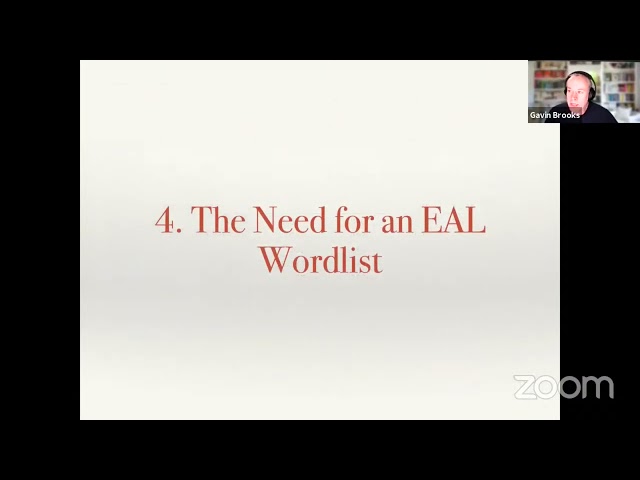Thématique 1
Enseignement d’une Matière par l’Intégration d’une Langue Étrangère (EMILE ; CLIL– Content and Language Integrated Learning en anglais)
Enseignement d’une Matière par l’Intégration d’une Langue Étrangère (EMILE ; CLIL– Content and Language Integrated Learning en anglais)
Voir les conférences
Thématique 2
Apprentissage et enseignement des langues autochtones, secondes et étrangères dans un contexte plurilingue.
Apprentissage et enseignement des langues autochtones, secondes et étrangères dans un contexte plurilingue.
Voir les conférences
Thématique 3
Contextualisations didactiques, approches théoriques et pratiques.
Contextualisations didactiques, approches théoriques et pratiques.
Voir les conférences
Thématique 4
Pédagogies innovantes et nouvelles technologies dans l'enseignement.
Pédagogies innovantes et nouvelles technologies dans l'enseignement.
Voir les conférences
Thématique 5
Pratiques effectives et pratiques déclarées, transmissions à l’école et en famille.
Pratiques effectives et pratiques déclarées, transmissions à l’école et en famille.
Voir les conférences
Filtrer les conférences
Creating an EAL Word List: Bridging the Gaps in EAL Learners’ Vocabulary Knowledge
Gavin BROOKS
gavinbrooks@gmail.com
Applied Linguistics, Kansai Gakuen University
Jon CLENTON
jclenton@hiroshima-u.ac.jp
The Graduate School of Humanities, Hiroshima University
Simon FRASER
fraser@hiroshima-u.ac.jp
FLARE, Hiroshima University
This paper presents work in progress on the development of a secondary level EAL (English as an Additional Language) word list. Despite specific word lists being published for fields as diverse as medicine, applied linguistics and agriculture (Nation, 2016), as well as for elementary age school children, and university age students, there is no published EAL word list. While knowledge of existing general word lists (e.g., the General Service List, West, 1953; the Academic Word List, Coxhead, 2000) is sufficient for approximately 90% coverage of academic texts, specialized wordlists remain essential for mastery of the remaining 5% to 10% (Nation, 2004; Schmitt et al., 2010). An EAL word list is important as it details the vocabulary essential for this specific language learner group to succeed academically. The current study hopes to build upon previous studies that have highlighted how a lack of specific academic vocabulary remains a significant factor for EAL learners (e.g. Coxhead & Boutorwick, 2018; Milton & Treffers-Daller, 2013; Schmitt, et al. 2017). The paper first discusses the initial investigation, then outlines the steps undertaken to create an EAL specific corpus and an EAL word list. We conclude by outlining how teachers can use this word list to design supportive EAL curricula.


